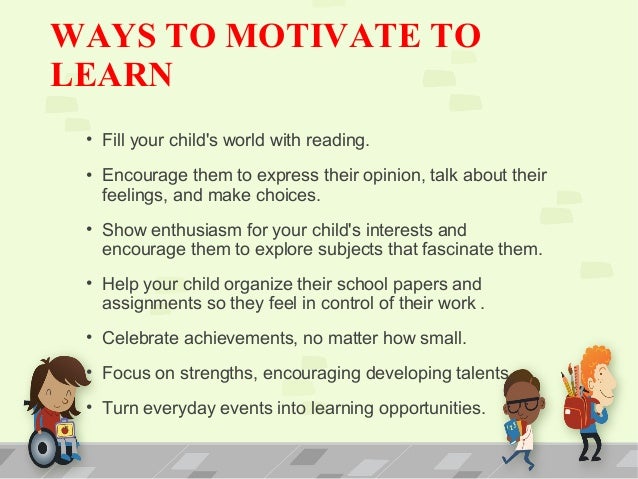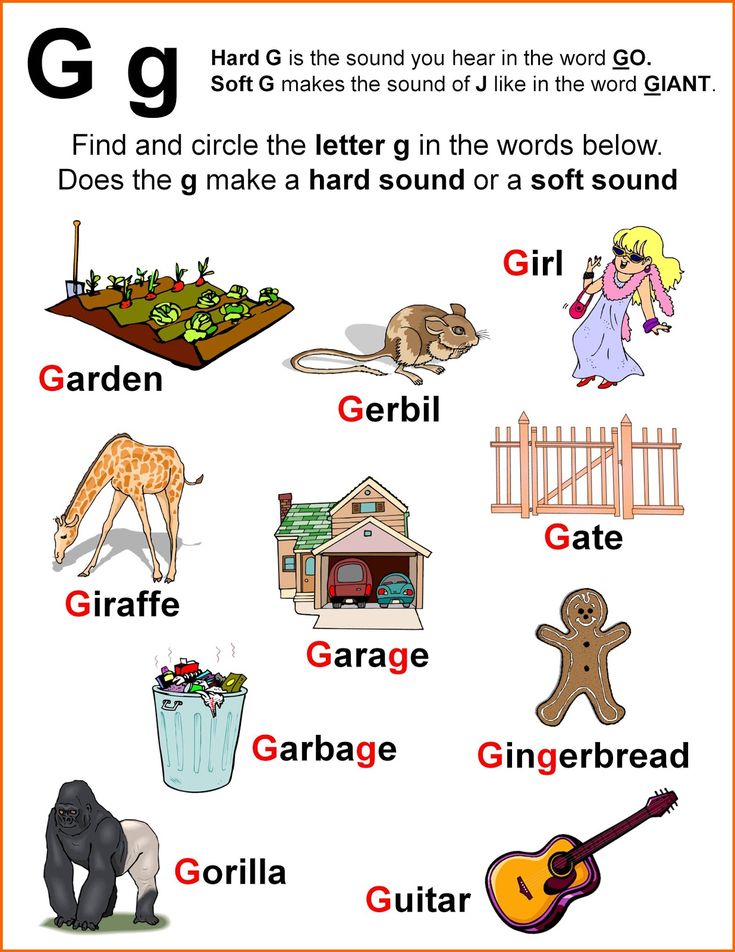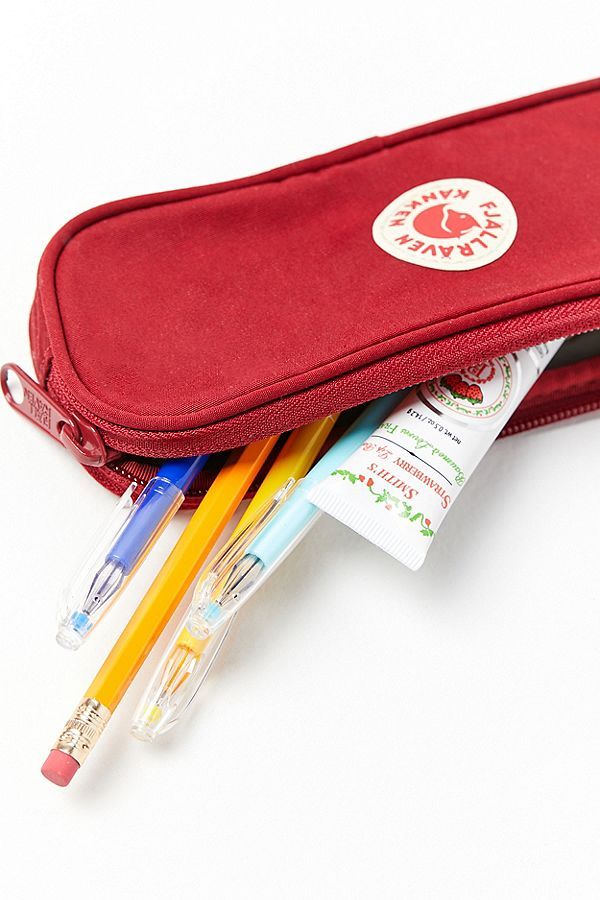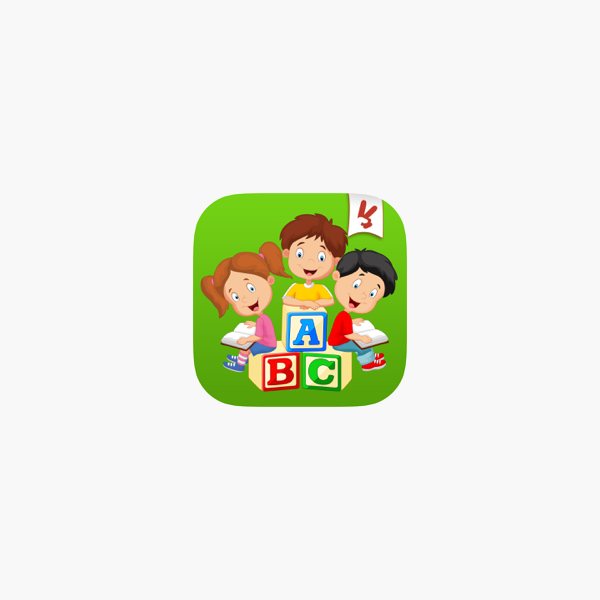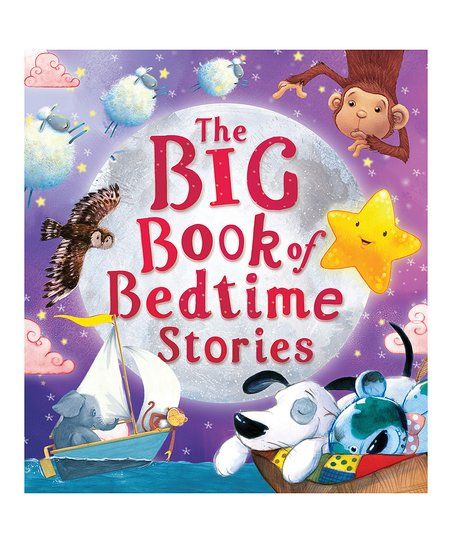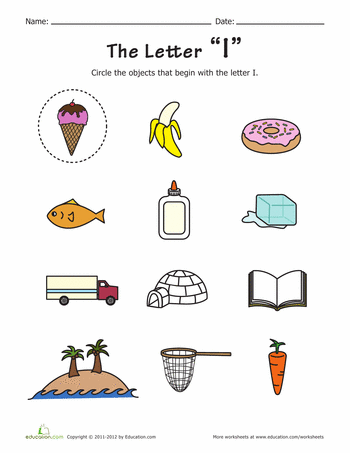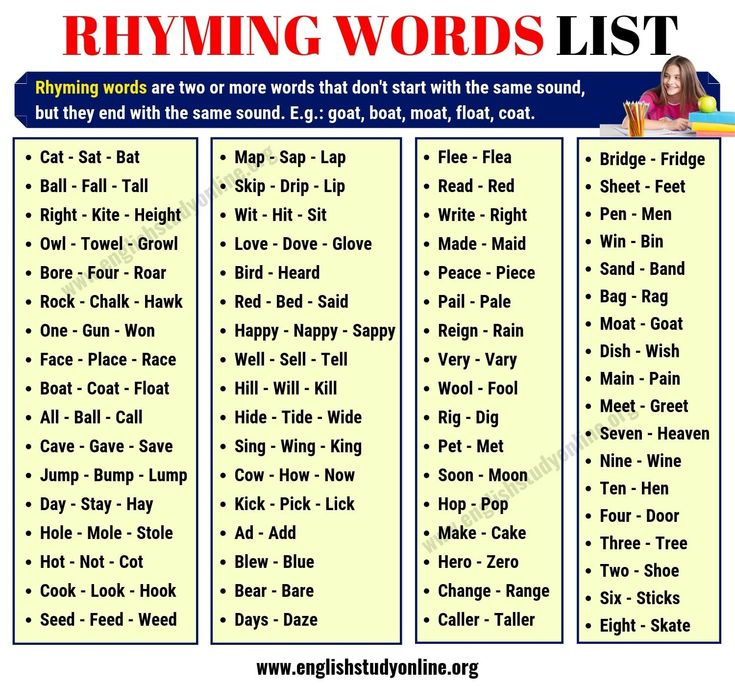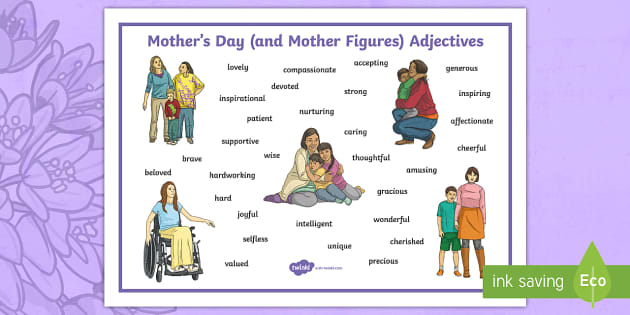Segmenting words for kindergarten
6 Fun, Hands-On Segmenting and Blending Activities
In this blog post: These 6 hands-on phonological and phonemic awareness activities will engage your students in practicing segmenting and blending words.
If you are a kindergarten teacher or parent, you probably know how important a strong foundation in phonemic awareness is. It’s literally the foundation for success in reading and writing!
One of the hardest phonemic awareness skills for our students to master is segmenting and blending words. Even once students master segmenting and blending words with 2 or 3 sounds, they may struggle with longer words.
So what’s the solution?
Practice and repetition. That doesn’t have to mean boring, though. These fun phonemic awareness activities will keep your students engaged in segmenting and blending words all year long!
This blog post contains Amazon affiliate links.
What Is Segmenting and Blending Words?
To be able to decode words while reading, students need to be able to take words apart and then put them back together. Kind of like word surgeons! The faster students get at segmenting and blending words, the faster they will be able to decode words while reading.
Segmenting words means that students are taking the words apart and listening for the individual sounds. They should say the word slowly, sound by sound. For example, if the word is cat, the student will say c-a-t.
Blending words means that students are taking those individual sounds and blending them back together to make the word. For example, if I say c-a-t, the student can tell me that the word is “cat.”
This is often harder that segmenting words, because students have to focus on putting the sounds together and coming up with what the word is simultaneously.
These engaging phonemic awareness activities will help your students practice both of these important skills.
Segmenting and Blending with Beads
For this phonemic awareness activity, you will need beads and pipe cleaners.
You can keep the pipe cleaner straight or bend it into a circle that students can wear as a bracelet.
Students will push the beads one-by-one to the left as they say each sound. Then, they will push all the beads at once back to the right as they blend the word together.
I like this activity because you can put more or less beads on the pipe cleaner depending on how many sounds students are working with.
You can also easily send this home to families to practice with!
Using Cubes to Blend
Connecting cubes are one of my favorite phonemic awareness tools because students can physically see the pieces (sounds) being taken apart and being put together.
Give each student the number of cubes the will need. They will take the cubes apart as they say each sound.
You can have students blend two different ways. The first is to blend all the sounds at once into the word. This is what we usually think of with blending.
However, connecting cubes are perfect for practicing pyramid blending.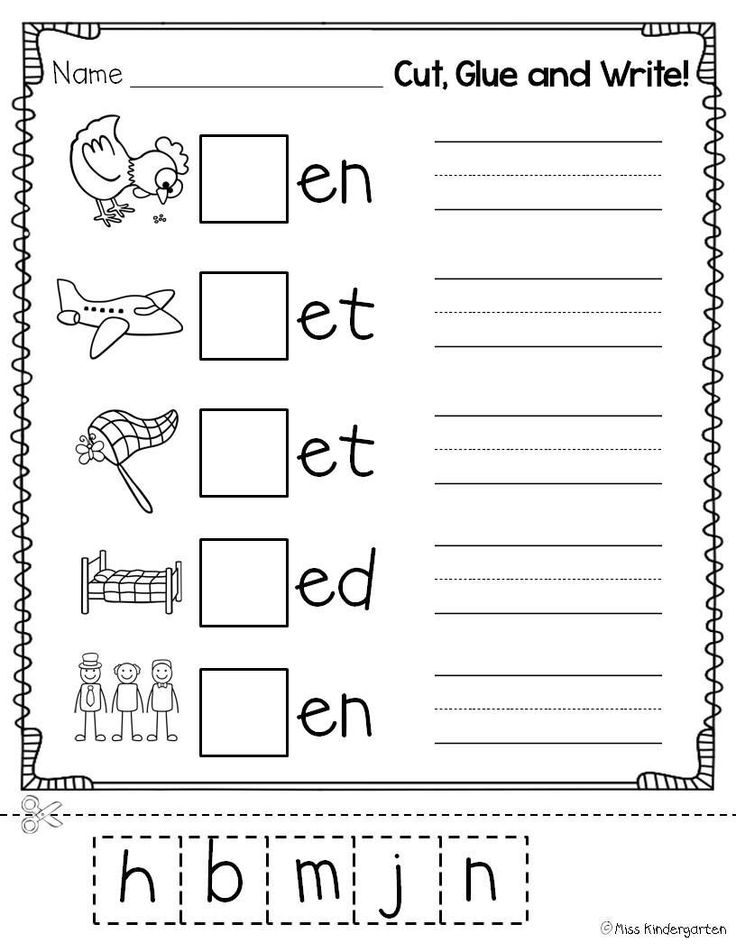
For pyramid blending, students will practice blending smaller chunks before they blend the whole word.
With the word frog, they will connect two cubes as they blend f-r fr. Then, they will blend they chunk with the next sound while connecting one more cube – fr-o fro. Finally, they will blend that larger chunk with the last sound as they add the last cube – fro-g frog.
Blending with Toy Cars
Need a quick engagement booster? Add a toy car! Instant engagement.
With these segmenting and blending cards, students would usually tap each dot as they say the sounds. Then, they would trace the arrow as they blend the word back together.
Instead of having students blend with their finger, have them drive the car past as they blend the word.
Smashing Playdough
Honestly, is there anything playdough can’t be used for? We love smashing playdough to practice segmenting words!
You will want to tell students how many balls of playdough to make.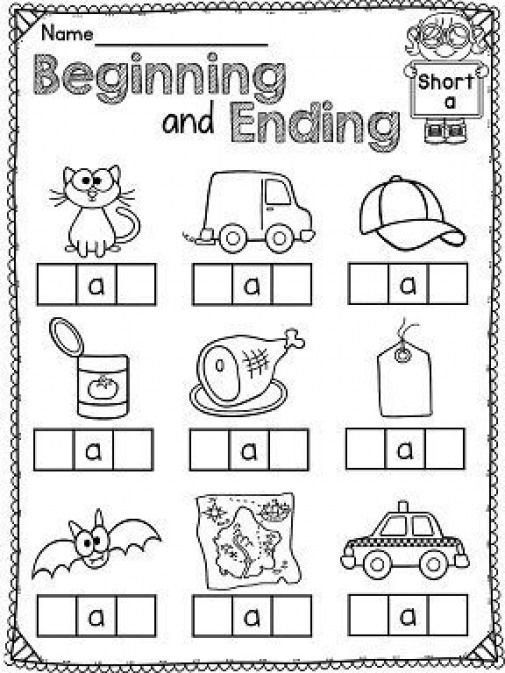 Then, they will use their fist to smash each playdough ball as they say the sounds.
Then, they will use their fist to smash each playdough ball as they say the sounds.
We usually use this activity when we are practicing just segmenting words, but if you want to use it as a blending activity, you can have students roll the balls together as they blend the word.
Pushing Up Sounds
Elokin boxes are an amazing tool to practice segmenting and blending words. If you add plastic chips or counters, students can practice physically pushing up the sounds.
Phonemic awareness is working with sounds, so we don’t use letters at all. However, you can use these elokin boxes during your phonics lessons too. Students can practice stretching out the words and writing the letters in the sound boxes.
This phonemic awareness activity is similar to the elokin boxes. It’s from Little Readers Kindergarten.
I like these cards because students have a set place to put their counters and then they can see how they are supposed to push up the sounds.
Pom Pom Blending
I’m guessing Pom-Poms are not usually included in your phonemic awareness toolbox, but they should be!
I love using Pom-Poms to practice blending words because they are so light and easy to scoop.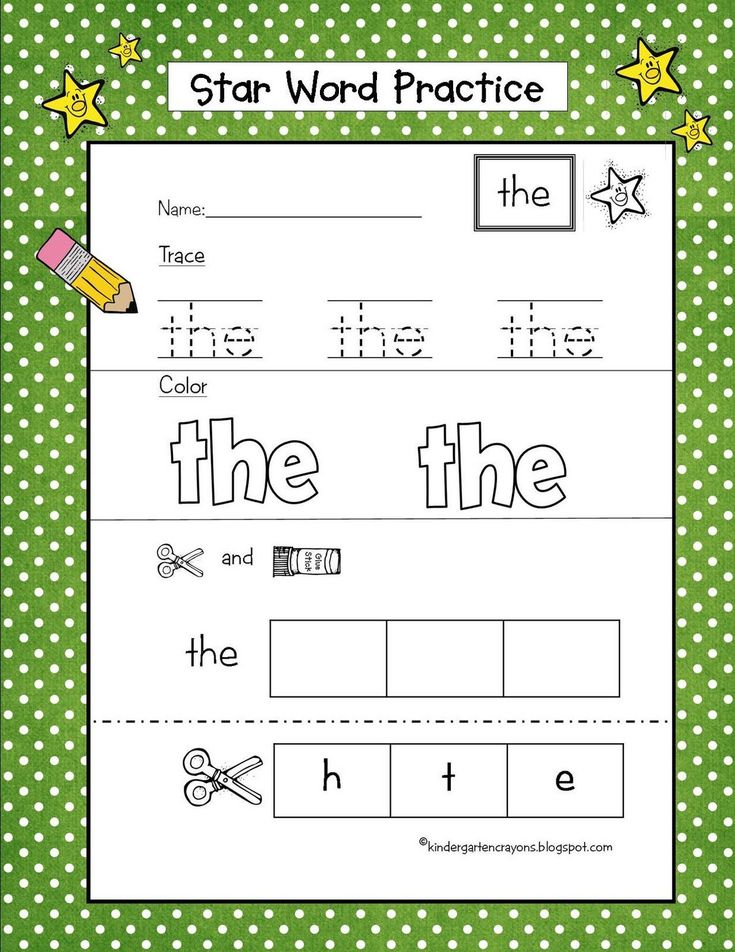
Students will put out Pom-poms as they segment the word. Then, they can scoop them up quickly as they blend the word.
So simple but so fun!
I hope your students love these phonemic awareness activities to practice segmenting and blending words. Are you looking for a year of phonemic awareness lesson plans ready to go? Little Readers Kindergarten has daily phonemic awareness lesson plans your students will love!
You may also like these digital phonemic awareness Boom Cards. They are self-checking and perfect for literacy centers.
Pin this post:
Do you love free stuff?
CVC Decodable Readers
Sign up for my FREE email newsletter and receive five short vowel decodable readers!
I need these!
You May Also Enjoy These Posts
Reader Interactions
Hot in the Shop
More Products
All We're Missing is You!
Join us over on Facebook for even more great resources, ideas, and teaching tips for kindergarten and early elementary teachers!
Join Us on Facebook
Welcome Friends!
My name is Natalie and I am the face behind Natalie Lynn Kindergarten.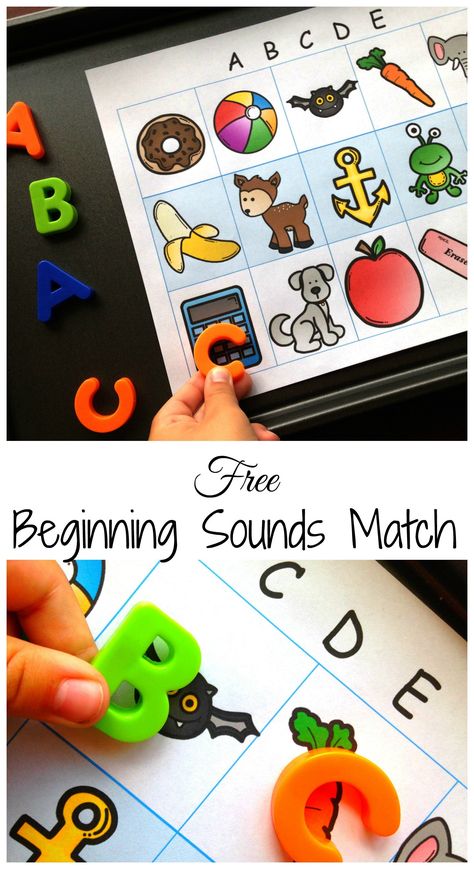 My passion is creating hands-on and engaging resources for the classroom and helping teachers to make learning FUN again! I love showing teachers how they can give students ownership over their learning and create meaningful learning experiences.
My passion is creating hands-on and engaging resources for the classroom and helping teachers to make learning FUN again! I love showing teachers how they can give students ownership over their learning and create meaningful learning experiences.
More About Me
Manage consent
Blending and Segmenting Games | Classroom Strategies
Children who can segment and blend sounds easily are able to use this knowledge when reading and spelling. Segmenting and blending individual sounds can be difficult at the beginning. Our recommendation is to begin with segmenting and blending syllables. Once familiar with that, students will be prepared for instruction and practice with individual sounds.
| How to use: | Individually | With small groups | Whole class setting |
What are blending and segmenting?
Blending (putting sounds together) and segmenting (pulling sounds apart) are skills that are necessary for learning to read and spell. When students understand that spoken words can be broken up into individual sounds (phonemes) and that letters can be used to represent those sounds, they have the insight necessary to read and write in an alphabetic language. Blending and segmenting games and activities can help students to develop phonemic awareness, a strong predictor of reading achievement.
When students understand that spoken words can be broken up into individual sounds (phonemes) and that letters can be used to represent those sounds, they have the insight necessary to read and write in an alphabetic language. Blending and segmenting games and activities can help students to develop phonemic awareness, a strong predictor of reading achievement.
Why teach blending and segmenting?
- Teaching students to identify and manipulate the sounds in words (phonemic awareness) helps build the foundation for phonics instruction.
- Blending and segmenting activities and games can help students to develop phonological and phonemic awareness.
- Developing phonemic awareness is especially important for students identified as being at risk for reading difficulty.
How to teach blending and segmenting
Segmenting and blending — especially segmenting and blending phonemes (the individual sounds within words) — can be difficult at first because spoken language comes out in a continuous stream, not in a series of discrete bits.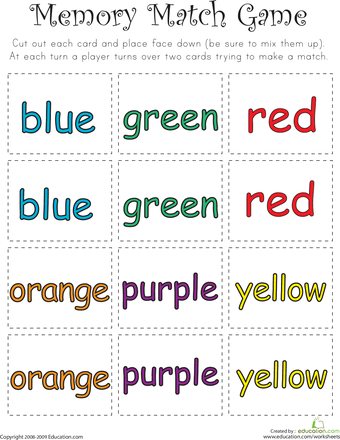 Beginning with larger units of speech can help.
Beginning with larger units of speech can help.
Early in phonological awareness instruction, teach children to segment sentences into individual words. Identify familiar short poems such as "I scream you scream we all scream for ice cream!" Have children clap their hands with each word.
As children advance in their ability to manipulate oral language, teach them to segment words into syllables. For example, have children segment their names into syllables: e.g., Ra-chel, Al-ex-an-der, and Rod-ney. Likewise, have them blend syllables to make words.
Once in kindergarten, the focus of blending and segmenting instruction should shift to the phoneme level. This work can be challenging for students, so it can be useful to know which scaffolds can help students make the leap.
- Start with words that have only two phonemes (for example, am, no, in)
- Begin with continuous sounds (phonemes that can be held for a beat or two without distorting the sound).
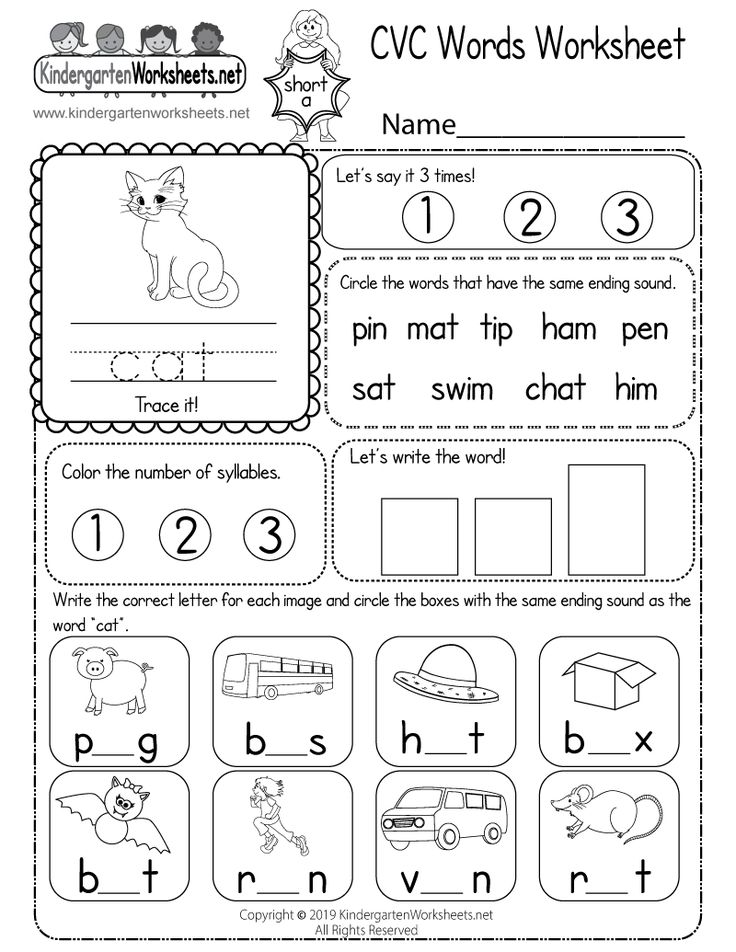 Have students practice blending and segmenting words with continuous sounds by holding the sounds using a method called “continuous blending” or “continuous phonation.” (e.g., “aaaammmm ... am”)
Have students practice blending and segmenting words with continuous sounds by holding the sounds using a method called “continuous blending” or “continuous phonation.” (e.g., “aaaammmm ... am”) - Then, introduce a few stop sounds (phonemes that cannot be held continuously). Ensure that students articulate the sounds cleanly, without adding an “uh” to the ends of sounds such as /t/ and /b/. Stop sound at the end of words (eg. at, up) are easier to blend than those that have stop sounds at the beginning (for example, be, go)
- As students are ready, progress to words with three phonemes, keeping in mind that words beginning with continuous phonemes (for example, sun) are easier to blend and segment than those with stop sounds (for example, top).
- As students become more skilled at blending and segmenting, they may no longer need to hold sounds continuously, transitioning from “ssssuuunnn” to sun.
It can be helpful to anchor the sounds students are working with to visual scaffolds. Elkonin boxes, manipulatives (such as coins or tiles), and hand motions are popular supports. It’s important to remember, however, that the goal of blending and segmenting games is literacy and there is no better visual representation for a phoneme than a letter.
Elkonin boxes, manipulatives (such as coins or tiles), and hand motions are popular supports. It’s important to remember, however, that the goal of blending and segmenting games is literacy and there is no better visual representation for a phoneme than a letter.
Collect resources
Blending: guess-the-word game
This activity, from our article Phonological Awareness: Instructional and Assessment Guidelines, is an example of how to teach students to blend and identify a word that is stretched out into its basic sound elements.
Objective: Students will be able to blend and identify a word that is stretched out into its component sounds.
Materials needed: Picture cards of objects that students are likely to recognize such as: sun, bell, fan, flag, snake, tree, book, cup, clock, plane
Activity: Place a small number of picture cards in front of children. Tell them you are going to say a word using "Snail Talk" a slow way of saying words (e.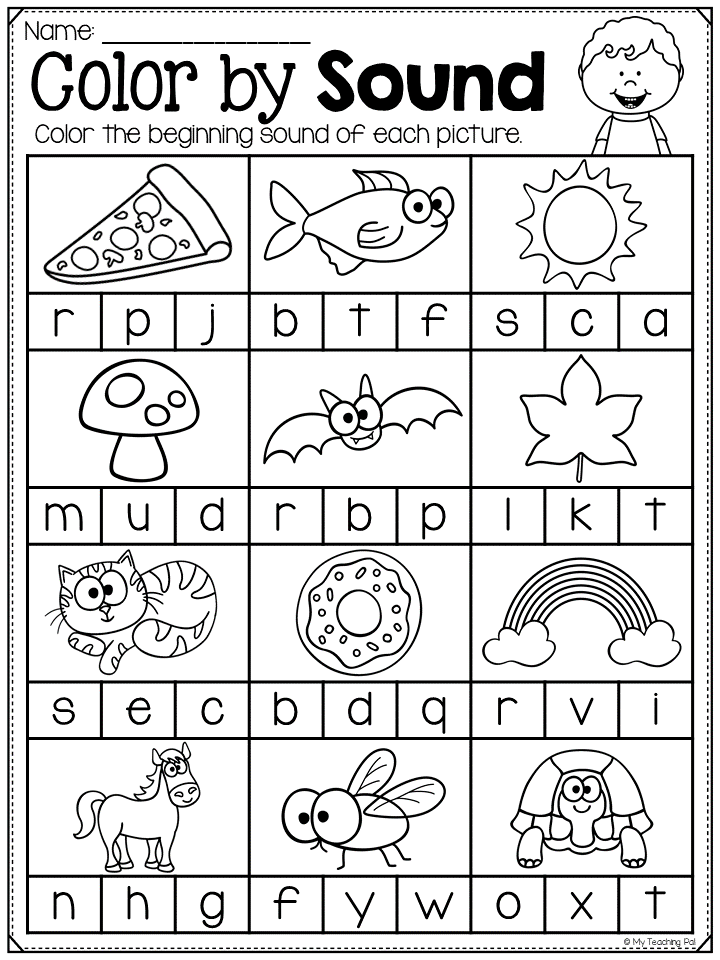 g., /fffffllllaaaag/). They have to look at the pictures and guess the word you are saying. It is important to have the children guess the answer in their head so that everyone gets an opportunity to try it. Alternate between having one child identify the word and having all children say the word aloud in chorus to keep children engaged.
g., /fffffllllaaaag/). They have to look at the pictures and guess the word you are saying. It is important to have the children guess the answer in their head so that everyone gets an opportunity to try it. Alternate between having one child identify the word and having all children say the word aloud in chorus to keep children engaged.
Talking in "Robot Talk," students hear segmented sounds and put them together (blend them) into words. See robot talk activity ›
See all Blending/Segmenting Activities from the University of Virginia PALS program
Blending slide
The "Reading Genie" offers teachers a simple way to teach students about blends. Teachers can use a picture or small replica of a playground slide and have the sounds "slide" together to form a word. See blending slide activity ›
Oral blending activity
The information here describes the importance of teaching blending skills to young children. This link provides suggestions for oral sound blending activities to help students practice and develop smooth blending skills. See oral blending activities ›
This link provides suggestions for oral sound blending activities to help students practice and develop smooth blending skills. See oral blending activities ›
Sound blending using songs
This activity (see Yopp, M., 1992) is to the tune of "If You're Happy and You Know It, Clap Your Hands."
If you think you know this word, shout it out!
If you think you know this word, shout it out!
If you think you know this word,
Then tell me what you've heard,
If you think you know this word, shout it out!
After singing, the teacher says a segmented word such as /k/ /a/ /t/ and students provide the blended word "cat."
Segmenting cheer activity
This link provides teachers with information on how to conduct the following segmentation cheer activity. See segmenting cheer activity ›
Write the "Segmentation Cheer" on chart paper, and teach it to children. Each time you say the cheer, change the words in the third line. Have children segment the word sound by sound. Begin with words that have three phonemes, such as ten, rat, cat, dog, soap, read, and fish.
Begin with words that have three phonemes, such as ten, rat, cat, dog, soap, read, and fish.
Segmentation Cheer
Listen to my cheer.
Then shout the sounds you hear.
Sun! Sun! Sun!
Let's take apart the word sun.
Give me the beginning sound. (Children respond with /s/.)
Give me the middle sound. (Children respond with /u/.)
Give me the ending sound. (Children respond with /n/.)
That's right!
/s/ /u/ /n/-Sun! Sun! Sun!
Segmenting with puppets
Teachers can use the activity found on this website to help teach students about segmenting sounds. The activity includes the use of a puppet and downloadable picture cards. See segmenting with puppets activity ›
Differentiate instruction
For English-learners, readers of different ability levels, or students needing extra support:
- Incorporate print into blending and segmenting the individual sounds in words with students who know the spelling-sound correspondences in the words.
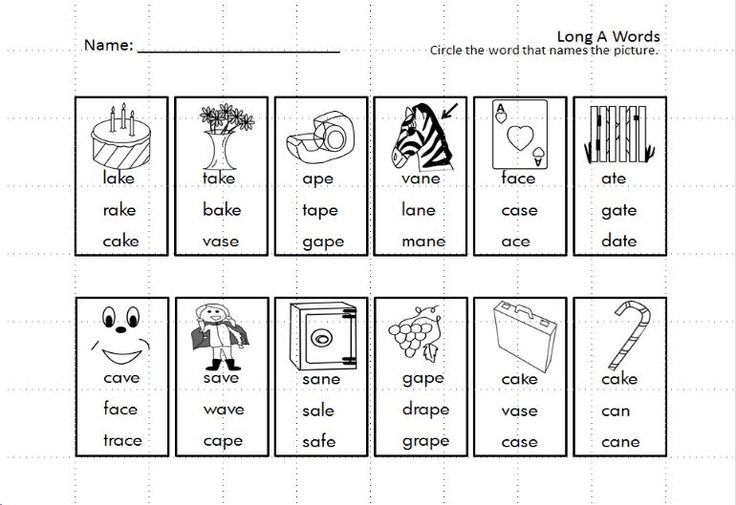
- Use picture-centered activities to support English-learners and younger students.
Related strategies
Find more activities for building phonological and phonemic awareness in our Reading 101 Guide for Parents.
See the research that supports this strategy
Chard, D., & Dickson, S. (1999). Phonological Awareness: Instructional and Assessment Guidelines.
Clemens, N., Solari, E., Kearns, D. M., Fien, H., Nelson, N. J., Stelega, M., Burns, M., St. Martin, K. & Hoeft, F. (2021, December 14). They Say You Can Do Phonemic Awareness Instruction “In the Dark”, But Should You? A Critical Evaluation of the Trend Toward Advanced Phonemic Awareness Training.
Fox, B., & Routh, D.K. (1976). Phonemic analysis and synthesis as word-attack skills. Journal of Educational Psychology, 68, 70-74.
Gonzalez-Frey, S. & Ehri, L.C. (2021) Connected Phonation Is More Effective than Segmented Phonation for Teaching Beginning Readers to Decode Unfamiliar Words.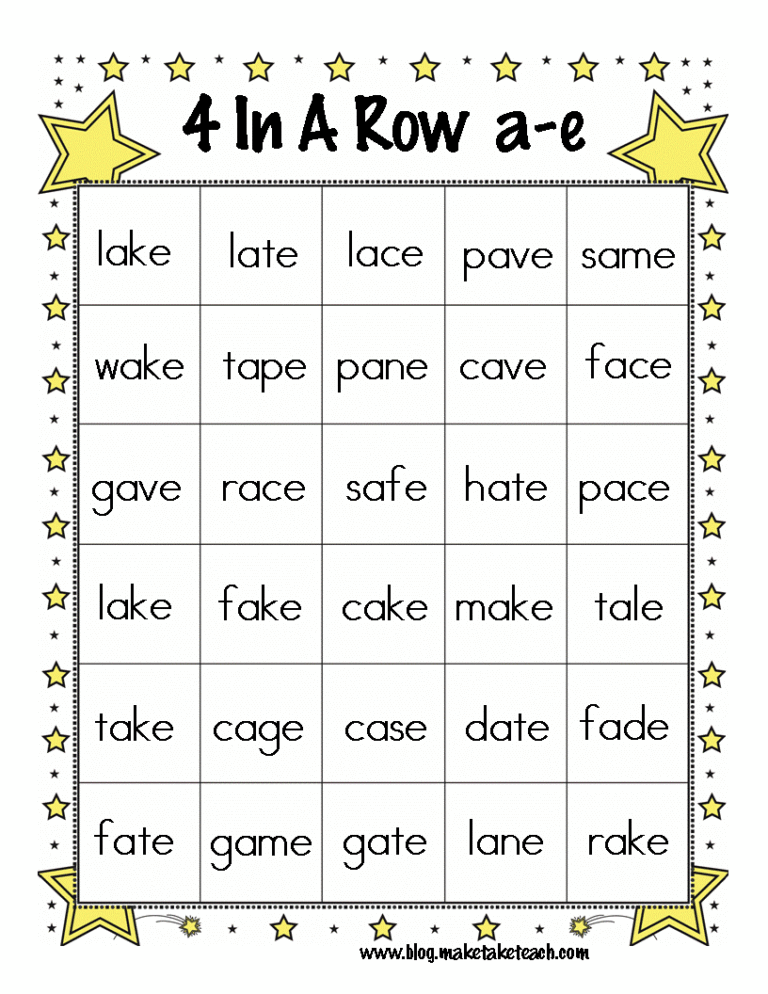 Scientific Studies of Reading, 25:3, 272-285.
Scientific Studies of Reading, 25:3, 272-285.
Sensenbaugh. (1996). ABCs of Phonemic Awareness.
Smith, S.B., Simmons, D.C., & Kameenui, E.J. (February, 1995). Synthesis of research on phonological awareness: Principles and implications for reading acquisition. (Technical Report no. 21, National Center to Improve the Tools of Education). Eugene: University of Oregon.
Yopp, H. K. (1992). Developing phonemic awareness in young children. The Reading Teacher, 45 , 696-703.
Market segmentation, characteristics, segment evaluation criteria, methods and examples, factors, stages, principles, behavioral criteria, efficiency condition
Economy
11/12/21
19 min.
Market segmentation is one of the most effective marketing tools for determining the target audience.
Contents:
- Market segmentation in marketing - basic terms
- Customer segmentation
- Stages of market segmentation
- Signs of market segmentation
- Segment evaluation criteria
- Market segmentation methods
- Types of market segmentation
- Examples of consumer market segmentation
- Conclusion
It makes it easier to personalize marketing campaigns, focus on what's needed, and group similar consumers to target specific audiences in a cost-effective way.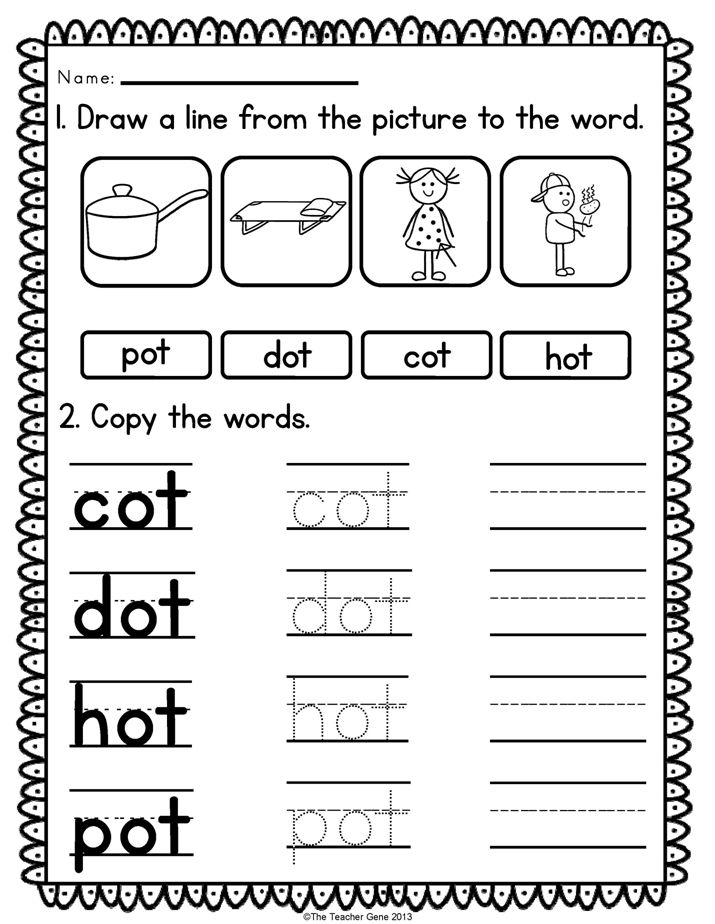
Market segmentation in marketing - basic terms
Segment the market - Divide potential customers into different customer groups or segments based on certain characteristics.
An aggregation takes a set of data and combines them into a single value. For example, the number of unique active users in the last 30 days or the total number of times a product was used in the last week.
When viewed over time, aggregated figures show the trend of changes in customer behavior.
Aggregation and segmentation are good ways to start any analysis. They give a quick understanding of the account and allow you to test your assumptions.
A segment is a portion of a market that is made up of consumers who will respond in the same way to marketing strategies. Buyers from the same segment always have common features, such as similar interests and needs.
Macrosegmentation is the classification of buyers based on broader variables such as industry and organizational variables. It may also include variables such as location, which are important for studying communication and cultural requirements.
It may also include variables such as location, which are important for studying communication and cultural requirements.
Customer segmentation
The concept of customer segmentation is the practice of dividing a customer base into groups of people who are similar in certain respects.
By allowing companies to target specific categories, the customer segmentation model allows efficient distribution of marketing resources and maximizes cross-sell and upsell opportunities.
When personalized messages are sent to a group of buyers as part of a marketing mix that is tailored to their needs, it is easier to encourage them to purchase products.
Customer segmentation can also improve customer service and retention. Marketing materials sent using customer segmentation tend to be appreciated by the buyer who receives them.
Other benefits of customer segmentation include getting ahead of competitors in certain groups and identifying new products that may be of interest to existing or potential customers, or improving features to meet customer expectations.
Stages of market segmentation
There is a clear segmentation process. You need to make sure that the stage is completely completed before moving on to the next.
Let's list the stages:
- The first and most important step is to define the target market. Marketers need to be clear about who should be included in the general customer pool. It's important to make sure people have something in common. For example, a man and a woman cannot be included in the same sector because they have different needs and expectations.
- Determine consumer expectations. After identifying the industrial market, it is important to find out the needs of potential customers. The product must meet people's expectations. To do this, you need to conduct preliminary research - get to know consumers better by asking a few initial open questions.
- Create subgroups. Effective segmentation involves dividing groups into subgroups.
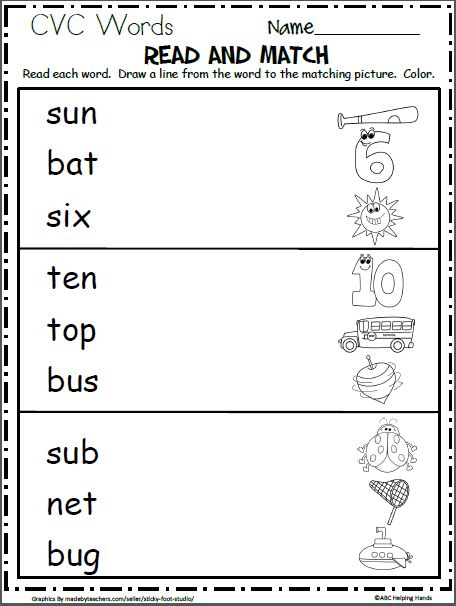
- Consider the needs of the target audience. It is important for a marketer to analyze the needs and preferences of the people belonging to each segment and sub-segment. Consumers of a particular site must respond to similar industrial market fluctuations and similar marketing strategies.
- Give names. You must select a suitable name for each segment. A well-chosen name reflects the key characteristic of the entire group. For example, a children's section may have different segments, namely "Newborns", "Kindergarten", "Schoolchildren" and so on.
- Working on marketing strategies. It is important to develop appropriate strategies to promote brands to each part of the buyers. It is worth remembering that you cannot afford to have the same strategies for all sections. You need to make sure that there is a connection between products and the target audience.
- View behavior. Regularly check the behavior of the target audience.
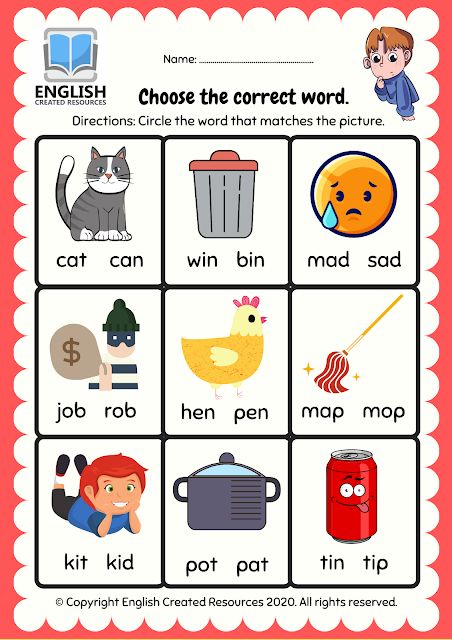 People may not have the same requirement (demand) throughout the year. Requirements change, perceptions and interests too.
People may not have the same requirement (demand) throughout the year. Requirements change, perceptions and interests too. - Determine the size of the target audience. It is important to know the size of the target audience. It helps in sales planning and forecasting.
Signs of market segmentation
I allocate t 4 groups of features (criteria) segmentation.
Geographic Segmentation divides customers based on geography. This type is important for marketers because people from different regions have different requirements.
For example, water may be scarce in some regions, which increases the demand for bottled water, but at the same time it may be abundant in other regions, where demand is very low.
Demographic segmentation is one of the most common approaches. With this strategy, the company simply divides a large market into groups according to a few specific criteria.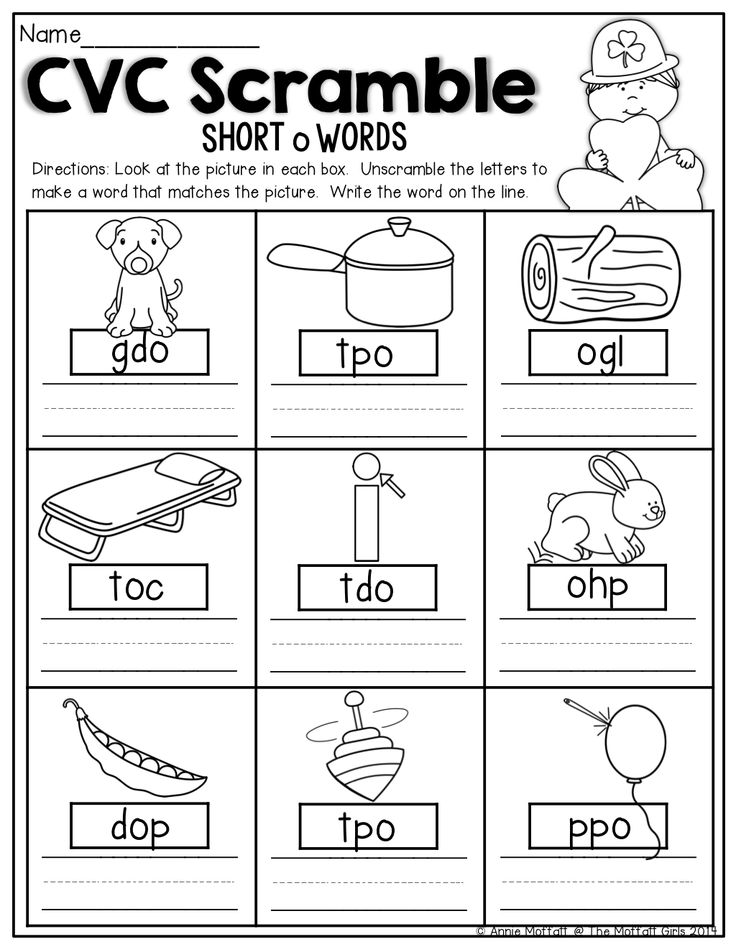
Age, race, gender, marital status, occupation, education, and income are among the most common demographic segmentation features.
Segmentation is also carried out on the basis of audience behavior, their preferences, choices and decision making. It is believed that the qualifications of consumers and the availability of product knowledge influence the decision to make a purchase.
Audience can be divided into:
- those who know about the product;
- those who do not know about the product;
- ex-users;
- potential consumers;
- current buyers.
Psychographic feature divides the audience based on their personality, lifestyle and attitude. This process is based on the premise that customer behavior can be influenced by their personality and lifestyle.
Personality is the totality of characteristics that form a person's distinctive character and includes habits, traits, attitudes and temperament.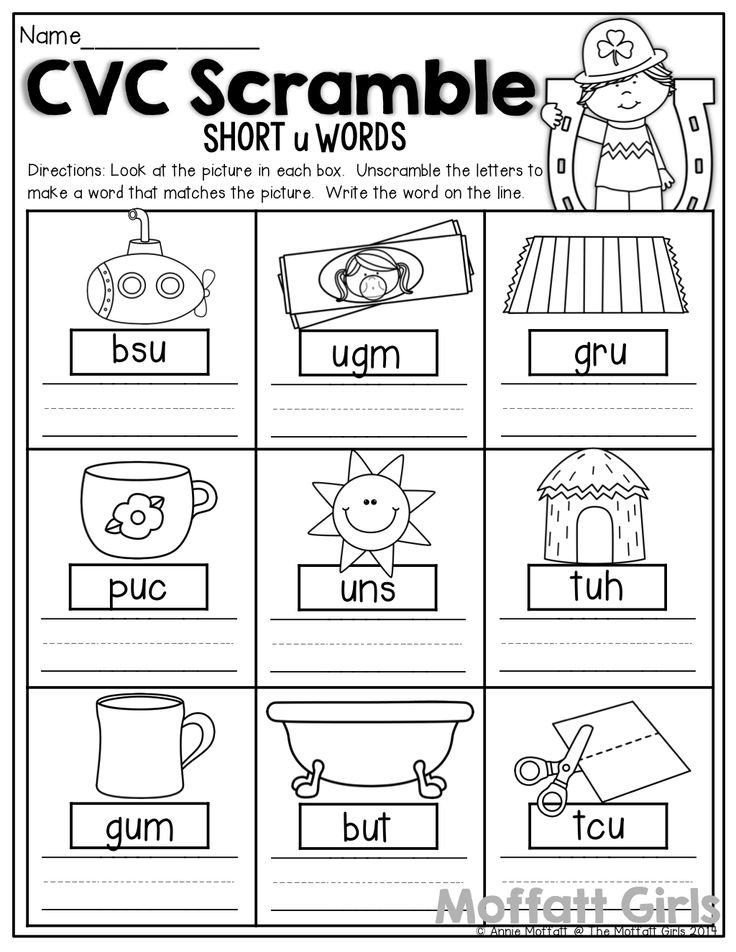 Lifestyle is how a person lives his life.
Lifestyle is how a person lives his life.
Personality and lifestyle greatly influence a person's purchasing decision and habits. A person living a luxurious lifestyle may find it necessary to have air conditioning in every room, while a person living in the same city but leading a conservative lifestyle may consider it a luxury.
Segment evaluation criteria
Once the customer segments have been identified, it is worth making sure that they will be useful for the business.
For this, the following audience selection criteria must be taken into account:
- Uniform. This means that the consumers assigned to each partition must be similar in some meaningful way.
- Heterogeneous criterion. Each customer segment should be relatively unique compared to other areas.
- Measurable. Some form of data must be available to measure the size of client partitions.
 Measurements are very important in assessing the overall attractiveness of each part of the consumer.
Measurements are very important in assessing the overall attractiveness of each part of the consumer. - Materiality. The market segment must be large enough in terms of sales and profitability to warrant the firm's eventual attention. Each firm will have a minimum financial return requirement on their investment, so only those sections that are significant need to be considered.
- Availability. The segment must be accessible, especially in terms of distribution and communication.
- Practical. The firm must be able to implement an individual marketing mix for each part of the audience. It is usually necessary to define the range of identified sections for the capabilities and resources of an organization, so very specialized segments may not be appropriate.
- Responsiveness. Each section should respond better to a separate marketing mix than to the overall offer.
Market segmentation methods
In market analysis, the main methods of segmentation are most often used: a priori, ratio (cluster analysis) and need.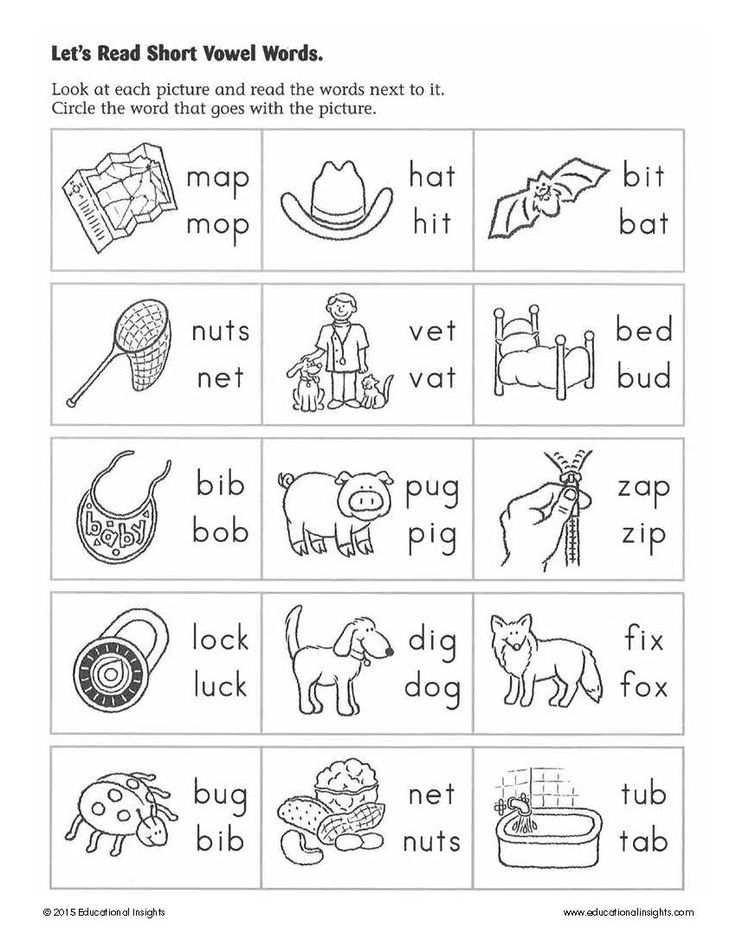
A priori is defined as pertaining to knowledge that results from theoretical inference rather than from observation or experience. For market analysis purposes, this means making certain assumptions about different groups.
For example, the conclusion that adults over 50 are not as tech-savvy as young people in their 20s is a safe assumption based on the reasoning that high-tech devices were not as accessible to the older generation.
[warning] Worth noting: Using cluster analysis to create consumer psychological profiles is difficult because it is limited by the input data used.[/warning]
Demographic data is the least useful, while preference data is better for this type of analysis. But these necessary data are very difficult to find out.
Needs-based segmentation is the concept that an audience can be segmented based on needs. This type of analysis is used to develop products that sell, rather than trying to sell, products developed by the business.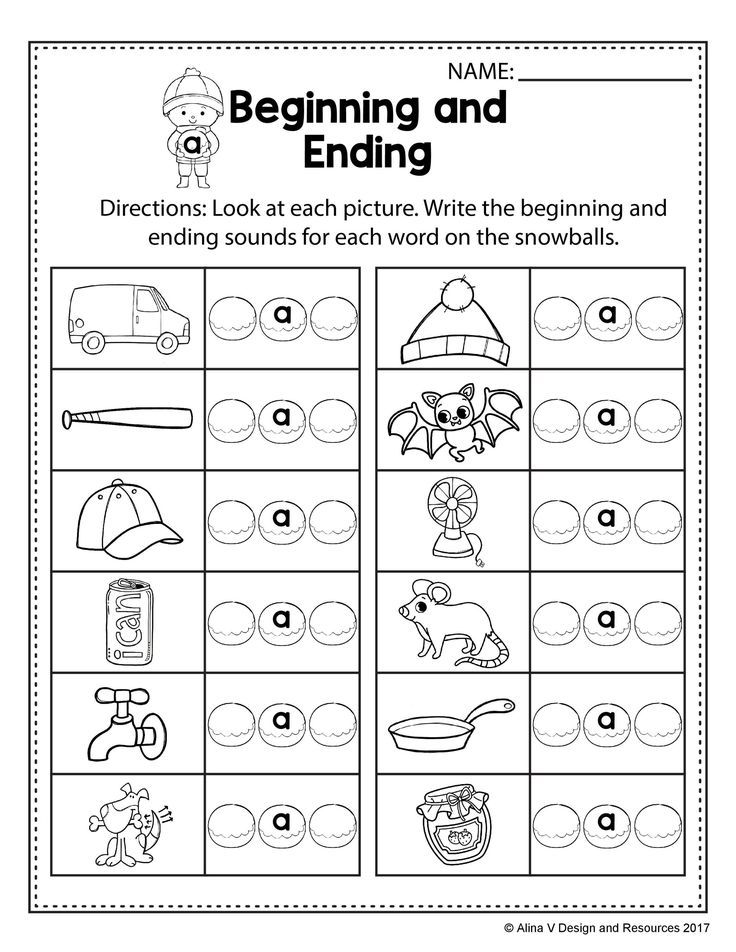
Demand-based segmentation uses joint analysis to separate groups according to functional characteristics.
Types of market segmentation
It is possible to divide the market into parts not only for users, but also for goods and competitors.
By groups of goods and services
Segmentation based on product differentiation is used as an integrated approach that can be an effective strategy. Instead of focusing exclusively on the consumer, this approach also considers the value for money of products.
Market segmentation based on goods and services begins with the definition of the underlying product. You need to choose a product that can be successfully produced. To do this, you need to take into account the following factors: personal experience, access to special sources of materials or the presence of certain objects.
The characteristics that are planned to be included in the product are a key factor in separating the products.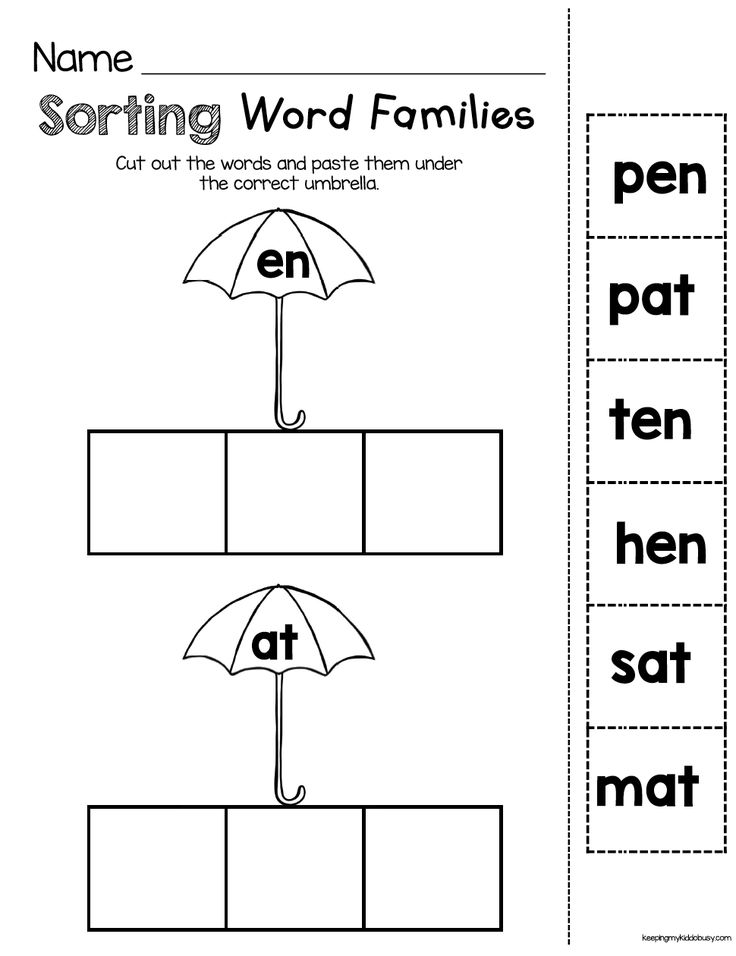 You need to focus on what features can be built into the product to improve its functionality or design in a way that makes the product stand out.
You need to focus on what features can be built into the product to improve its functionality or design in a way that makes the product stand out.
Segmentation based on product differentiation creates a marketing approach from the product side before satisfying customer needs. Once the product is created and the approach is complete, the available markets can be explored to find sections of consumers that are interested in a particular product.
By consumer groups
The purpose of segmentation is a better understanding of consumers and their motivation to make purchases.
It is necessary to identify groups of current and potential buyers in order to:
- prioritize groups by address;
- understand their behavior;
- determine the appropriate marketing strategy.
Competitors
Every manufacturer strives to be better than its competitors. To do this, you need to know: what competitors offer and how they work.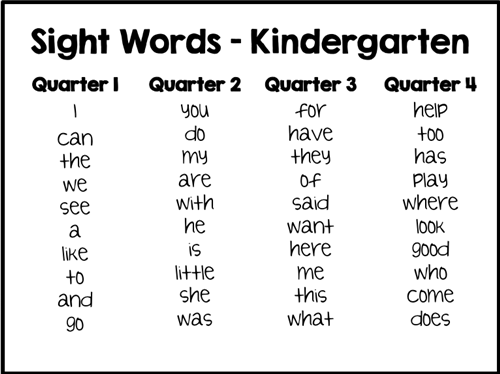 It is worth looking at customer groups, identifying competitors in each area.
It is worth looking at customer groups, identifying competitors in each area.
You need to build a competitive strength grid, identify key assets and skills needed for business success. Then list the main competitors, their assets and skills, as well as how your own company matches this scale.
This will help to determine the position in relation to other companies competing in the industry.
Consumer market segmentation examples
| Demographic segmentation | There is a company that sells women's beauty products. It will include the word "woman" in the description of its main consumer segment. |
| Geographic segmentation | Household goods manufacturers will advertise snow shovels in Russia, but it would be pointless to do so in southern countries. |
| Psychographic segmentation | Campers tend to have few consistent demographic characteristics.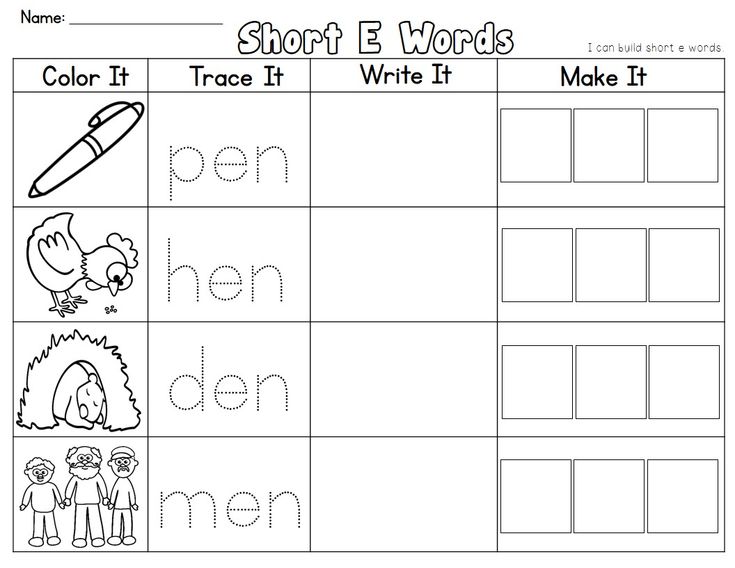 Travelers are a diverse group. Thus, marketers are likely to target all outdoor enthusiasts. Travelers are a diverse group. Thus, marketers are likely to target all outdoor enthusiasts. |
| Segmentation for business customers | Banks, for example, often offer different services for small and large businesses. In this area, two main areas of consumers will be distinguished: regular consumers and one-time users. |
Conclusion
Market segmentation is an integral part of a company's marketing strategy. This is the process of dividing a larger target audience into small, homogeneous groups of buyers who can effectively market their products.
Both consumer and business-oriented companies must segment customers using one of several general approaches (using demographic, psychographic, geographic, behavioral characteristics).
It is also useful to segment products and services or competitors.
what is it, methods, criteria, steps
Segmentation is the splitting of a single market into segments based on characteristics.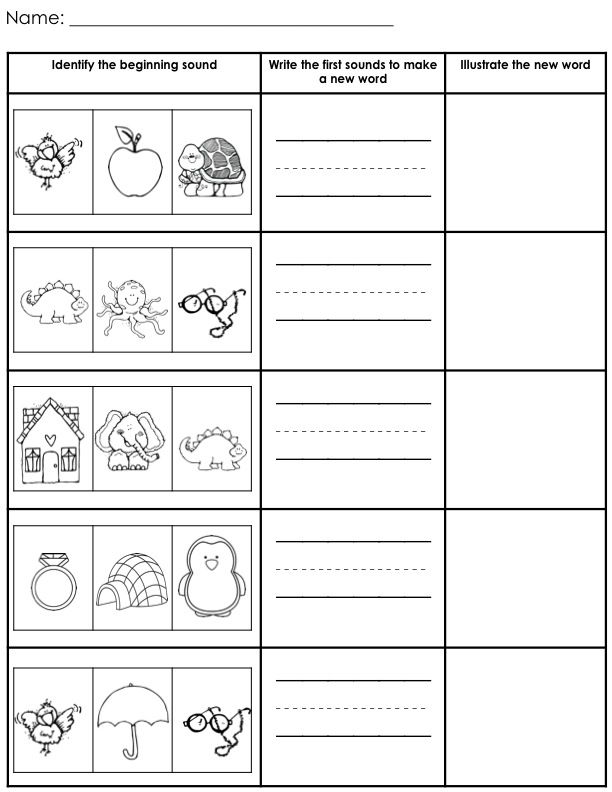 In other words, the division of people and enterprises to which a business can sell something into similar groups.
In other words, the division of people and enterprises to which a business can sell something into similar groups.
In The Practical Guide to Market Segmentation, English marketers Dibb and Simkin say that different people need different products. A business cannot sell one product to everyone or create thousands of variations for each consumer. It's expensive and not worth it.
But you can divide consumers into similar groups and sell goods to them. This makes it easier to organize production, set up logistics and plan resources.
In the article, we have collected everything related to segmentation: what it is, what happens, why use it and how to do it yourself.
Don't have time to read the article? Find it in our telegram channel and save it to your "Favorites" for the future.
Contents of the article
What is segmentation?
What is a market segment?
Market segmentation vs audience segmentation: what is the difference
Audience segmentation
Market segmentation
Why use segmentation?
1.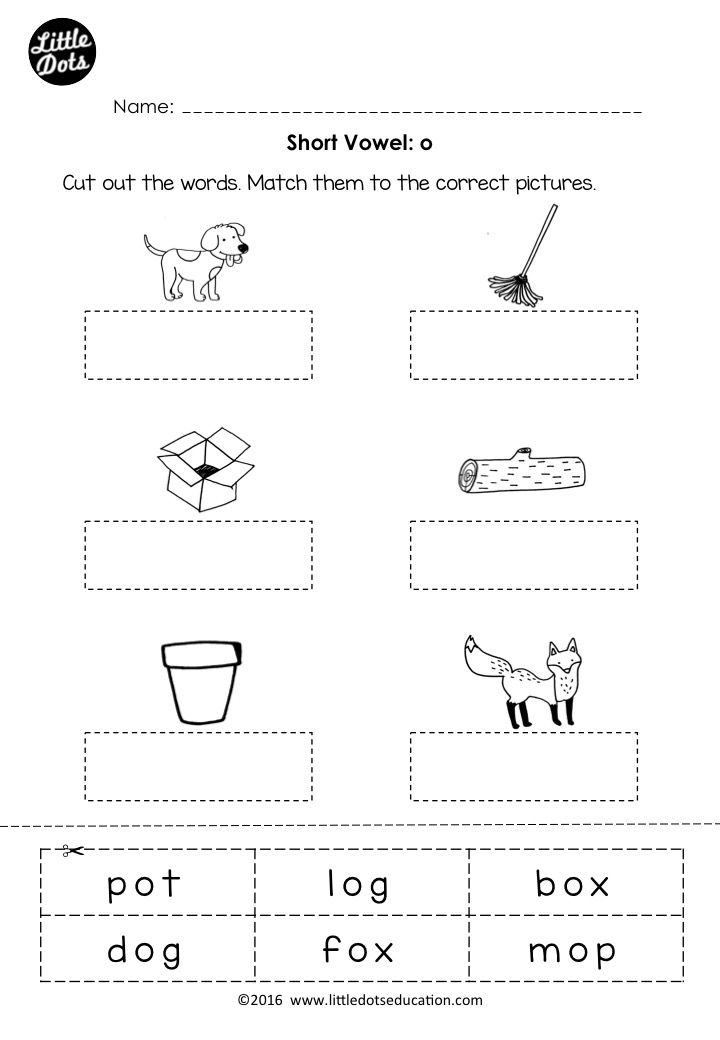 Find a niche in the market
Find a niche in the market
2. Spend resources wisely on production, logistics, advertising
3. Create an image of the organization that consumers will like
4. Do not waste marketing budget
5. Find new customers
Types of segmentation: what are they and who are suitable for
Demographic
Geographic
Behavioral
Psychographic
Some methods of segmentation: what exist
5W Mark Sherrington
Khramatrix
How to segment yourself?
Step 1. Set goals
Step 2. Specify data
Step 3. Select segments
Business segmentation example
Turnbull & Asser clothing retailer
Lenta hypermarket
SBER
What is segmentation?
Segmentation is the division of the market into segments based on characteristics. Let's understand the terminology:
- The market refers to all consumers to whom a business can sell something. These are ordinary buyers and legal entities - enterprises, firms and organizations.

- Segments are similar groups of consumers. For example, one of the segments of a provider is residents of new residential complexes, they want fast Internet. The other segment is small business, it is not speed that is important for it, but communication without interruptions.
- Attributes are characteristics that group consumers together. For example, how they choose, buy or use a product.
After segmentation, it is easier to sell and earn. First, you can estimate the size of the segment. Then - how, what kind of product and in what quantity can it really be sold, what is the potential profit.
With such calculations, it is easier to plan marketing, sales and sales strategies.
Read also: Porter's Competitive Strategies: Which Business Strategy to Choose
What is a market segment?
A market segment is a group of similar consumers: people, companies, individual entrepreneurs, firms, enterprises and organizations. Feature - they respond equally to business proposals, for example:
Feature - they respond equally to business proposals, for example:
- They buy similar goods in certain places.
- They live in the same city or region.
- They like the same advertisement.
All these are unifying signs. There can be any number of them.
This is what a large bank's market might look like after segmentation. Separate banking products and services for each segment
For a consumer group to become a market segment, it must meet the following criteria:
- Uniformity. Consumers have similar needs and respond in the same way to business products.
- Efficiency. The segment must be large in order to bring profit to the business. Two or three people is not yet a segment.
- Information accessibility. A business has the opportunity to advertise goods and services to the segment: on TV, through social networks, instant messengers, mailing lists, chat bots.
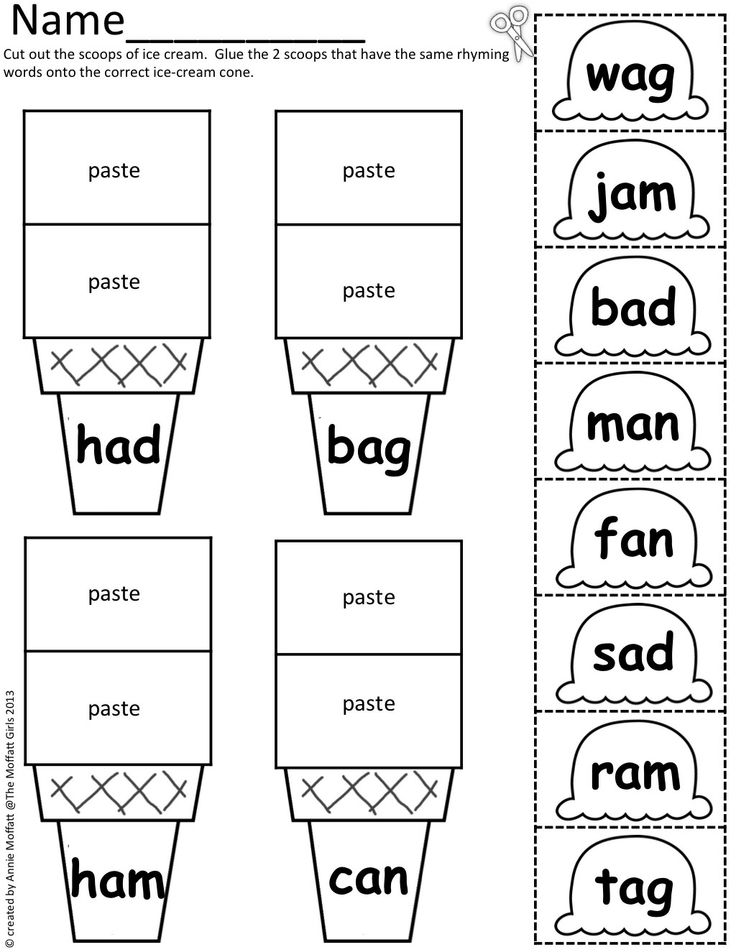
- Availability. Business sells to customers without obstacles: no technical problems with logistics, cash desks, banking transactions.
For each segment, the business produces a specific product, packaging, promotions, advertising. Trade offers become attractive to those who are part of the group. The rest don't pay any attention to them, but that's okay - the business wasn't going to sell to them.
Read also: Everything you need to know to make money on targeted advertising
Market segmentation vs audience segmentation: what is the difference
In addition to market segmentation, there is the concept of "audience segmentation". The terms are different and should not be confused.
Audience segmentation
Audience segmentation is a division according to the characteristics of real customers, and not potential customers who either buy or not; plus consumers with whom the business has already interacted.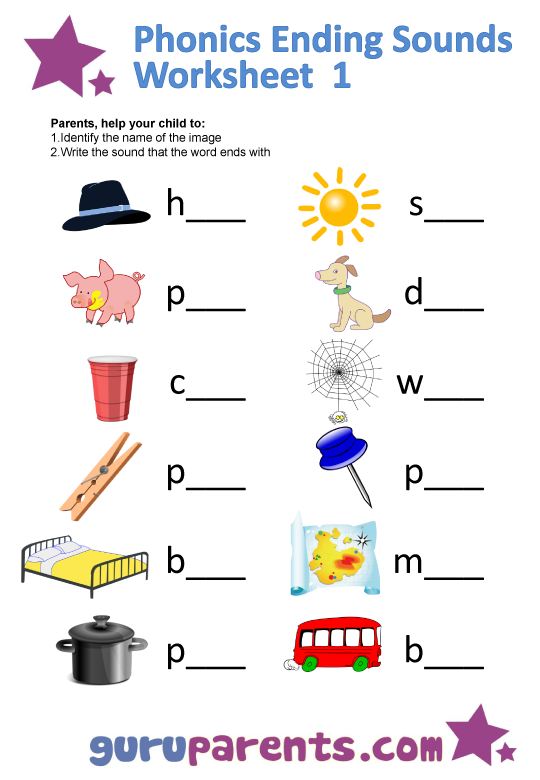 For example, he sent a sampler, received a postal address, asked to fill out a questionnaire.
For example, he sent a sampler, received a postal address, asked to fill out a questionnaire.
Audiences include different consumers:
- buyers who brought profit to the business;
- subscribers who subscribed to SMS or mailing lists;
- site visitors who viewed the pages but did not buy anything;
- accounts in the CRM system - that is, people who left their contacts to the business.
To segment an audience, you need to have some data about it. It can be age, average check, education, lifestyle, marital status, having children.
For example, in Yandex.Metrica, these are the types of gadgets, operating system, country, pages visited by the user, and viewing time. The audience in Yandex.Metrica is divided according to these criteria.
Web analytics collects data about users on the Internet. If you need data from real stores, brands conduct surveys, hang up thermal cameras, issue discount cards and see what products pass through them
Audience segmentation is essential for marketers and advertisers.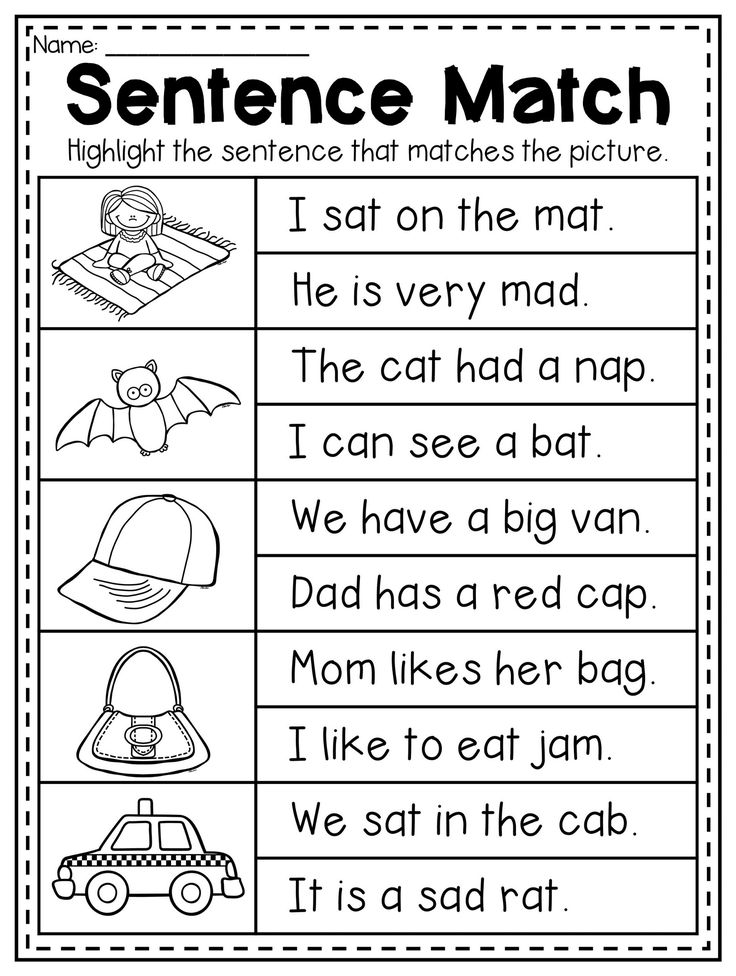
Marketers
They create newsletters, promotions, bonus programs to interest and lead people to purchase. But it is difficult to interest everyone in one thing: people are different.
Therefore, marketers segment the audience, and then study the needs of the groups. Further, marketing activities are developed for each, for example, they launch a mailing list.
A newsletter with a selection of sportswear will be received by someone who has recently searched for something similar on the Internet. If the consumer was looking for, for example, a tent, he will receive a selection with goods for a hike. All thanks to segmentation
Advertisers
To select advertising platforms, advertisers segment the audience. Further, for each segment, choose the type of advertising, placement, time and visual format.
So, for example, BEAC advertises for young people on Tik-Tok, and for the adult generation on TV.
Segmented advertising is targeted.
 It is seen by those whom it can attract and encourage to buy
It is seen by those whom it can attract and encourage to buy Market segmentation
Market segmentation is the division into similar groups of all possible buyers with whom the company has not yet interacted. This is the key difference between audience segmentation and market segmentation.
Segmentation is carried out to understand whether there are those in the market who can buy the product of the business. It helps to plan production, logistics, opening points of sale, deliveries.
Read also: What is the target audience and how to determine it
Why use segmentation?
A study by Bain & Company showed that organizations that segmented the market earned 10% more. According to other data, if marketers use segmentation, they increase the company's revenue by 760%. Conclusion: with segmentation they earn more.
More business using segmentation:
- finds a niche in the market that it can occupy;
- distributes resources for production, logistics, advertising;
- creates an image of the organization that consumers like;
- optimizes the marketing budget;
- looking for new clients.

Now in detail.
1. Find a market niche
If a company is just starting out, it needs a niche with low competition and high demand. Then she will quickly pay back the expenses. Segmentation helps with search.
If the market is divided, there will be segments that want to buy a specific product, but no one sells it or sells little. This is a niche with low competition. If you enter it, you can earn.
Another example is when there is competition, but the segment is dissatisfied with what they are selling. Then the business enters a niche, creates a product better than the rest, and earns.
American marketer Jack Trout, in the book Differentiate or Die, says that car manufacturers found their customers when they started producing cars with distinctive attributes:
- BMW - with comfortable driving,
- Volvo - with high security,
- Jaguar - with style,
- Toyota and Honda - with reliability,
- Ferrari - at high speed.
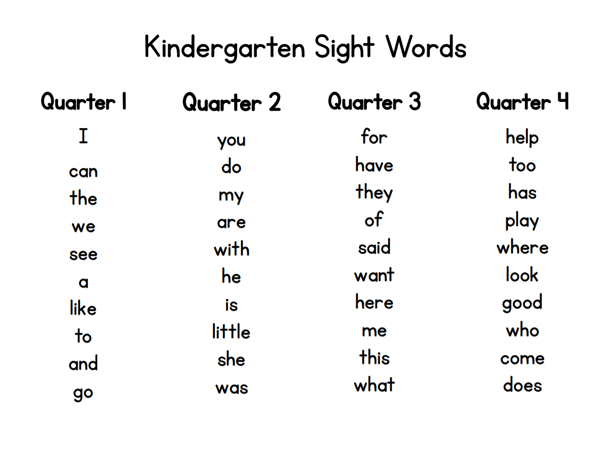
This helped each company find consumers who were interested in a particular attribute.
See also: Please everyone or focus on one thing: the secrets of business success
If a conditional business wants to sell one product to all residents of Moscow, this will cost a penny. To cover so many people, you will have to go into each store, build complex logistics: transport goods to the center, sleeping areas and beyond the Moscow Ring Road. Plus hire a huge staff of managers.
At the same time, somewhere trade will go on, but somewhere not. The moral is that the business will not pay back the expenses.
If you segment customers, it will become clear to which areas and stores to deliver goods, how many managers to hire on staff. Resources will be spent wisely, and the demand in each store will pay for them.
3. Create an image of the organization that consumers will like
Business is not only about products, prices and delivery.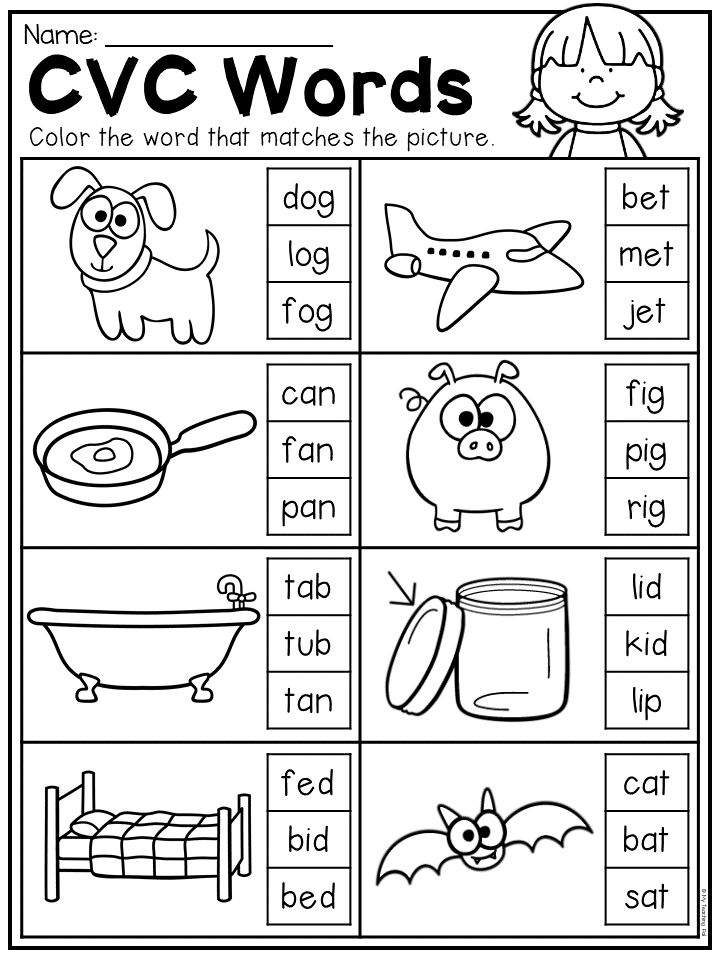 It's also a certain image. When people see a brand on the Internet, on the street or on TV, they form associations. Attractive urge to buy. Negative - pass by.
It's also a certain image. When people see a brand on the Internet, on the street or on TV, they form associations. Attractive urge to buy. Negative - pass by.
It is easier to understand what buyers like if you segment the market. After that, it’s up to the small: to create an image that people will appreciate.
For example, Chupa Chups creates an image of fun. In advertising, children play consoles, jump on trampolines, take selfies. For consumers - children and teenagers - these are all familiar images. They like them, so they like Chupa Chups products too.
If the Chupa Chups ad featured parents and teachers, it would not evoke associations with fun among teenagers
4. Do not waste your marketing budget
Marketing activities such as advertising, promotions, announcements, quizzes and contests push to buy. When a business knows what segments it has, it is easier to create activities.
For example, a brand does not make advertising banners throughout the city, but in areas where consumers live.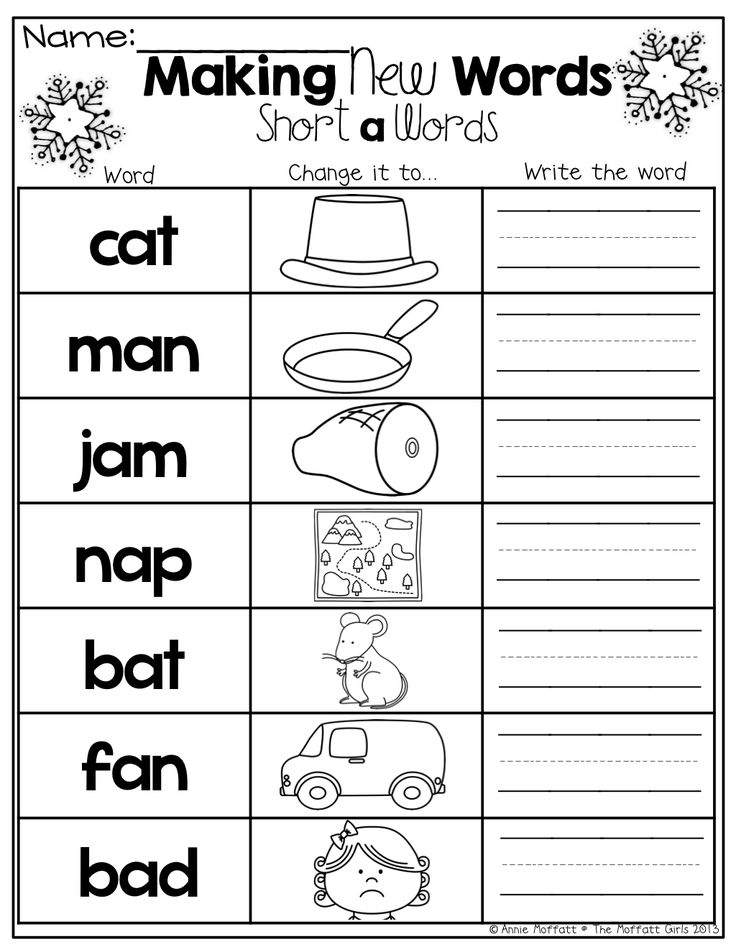
Read also: Outdoor advertising: why it matters where people see your signs
5. Find new customers
Advertisers use segmentation. They set up the display of ads in advertising accounts so that they are seen by potential customers. To do this, specify in the settings the characteristics of the segments: gender, interests, age of consumers that are included in the segment.
Then the algorithms of advertising systems find these users and show ads specifically to them, and not to everyone who surfs the network.
If you do not use segment data in your online advertising setup, it will turn out to be expensive. It will turn on all users, quickly spend the budget, and get a few clicks and transitions
Read also: How to attract customers with display advertising?
Types of segmentation: what are they and who are they suitable for
Demographic
Demographic segmentation is based on the personal characteristics of consumers:
- age,
- income,
- floor,
- race,
- education,
- marital status,
- occupation.

According to the type of segmentation, people with similar demographics will experience the same needs. For example, private kindergartens are an expensive service. Therefore, they are focused on the segment of parents with a high income.
Since data for segmentation can be collected through web analytics, surveys, scraped from social networks, this type is considered simple.
Geographic
Based on geographic location of customers. Assumes that people in a particular city, region, province, or district have similar needs.
The features by which segmentation is carried out include:
- village, city, region, district, region;
- population;
- climatic conditions;
- statuses of settlements - single-industry towns, cultural capitals, resort towns, military camps;
- natural disaster risks.
Geographic segmentation is used when it is necessary to understand whether it is profitable to open points of sale in the country.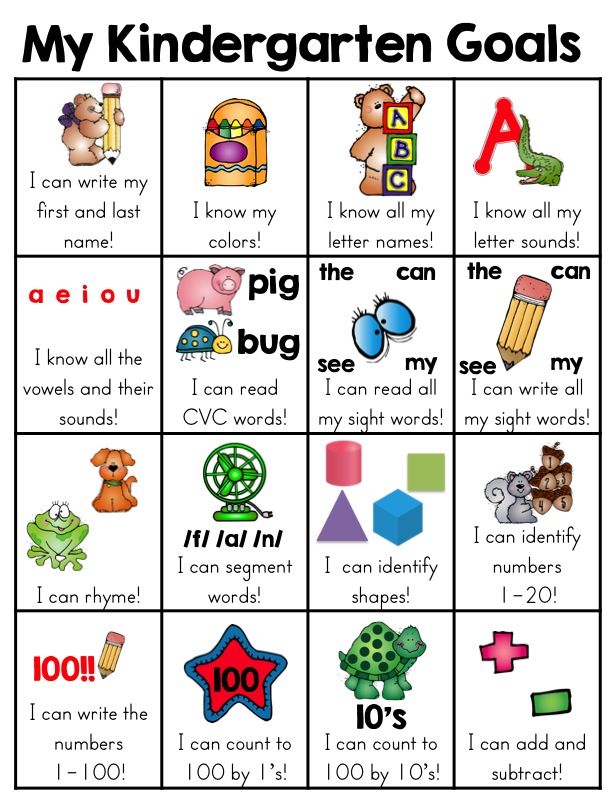 Plus, can the ethnic characteristics of the inhabitants of the region affect the purchasing behavior.
Plus, can the ethnic characteristics of the inhabitants of the region affect the purchasing behavior.
Behavioral
Behavioral segmentation is based on the actions of consumers and how they make purchasing decisions. Such segmentation is carried out in order to understand how to influence people at the time of choosing goods and buying.
Segmented according to the following criteria:
- places where you can buy;
- frequency of purchases;
- the quality of the goods;
- Is there an opportunity to save?
- attitude towards the product - positive, neutral or negative;
- reason to buy;
- purchase expectations.
To conduct segmentation, they study the behavior of customers. For example, with the help of web analytics, video cameras in stores, TV maps that show how customers move around the trading floor.
Psychographic
Based on psychological behavior at the time of choosing goods and buying.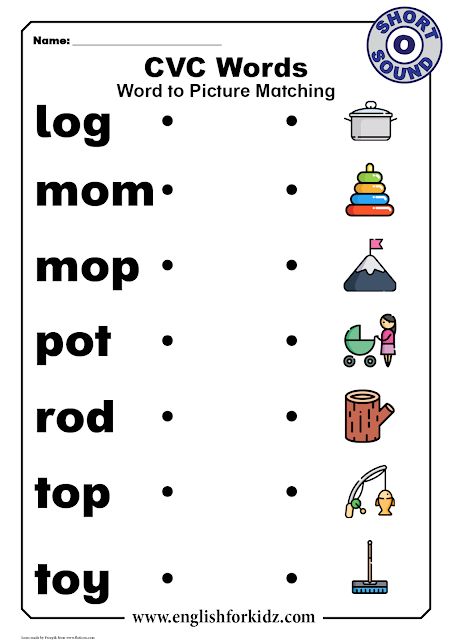
Consumers are segmented by:
- lifestyle;
- personality type - extrovert, introvert;
- life values;
- self-expression.
After psychographic segmentation, the groups include consumers with different motivations for buying. What is important is that marketing theory does not describe how a feature and products can be related. Therefore, marketers choose features for segmentation intuitively or by experience.
Read also: A Guide to Psychology in Marketing and Advertising
Some Segmentation Methods: What Are There
5W Mark Sherrington
With the help of 5W, segments with similar features are found. Then a separate trade offer is created for each. The method is based on the principle: for every product there is a buyer.
Segmentation by 5W is carried out as follows: the business asks itself five questions and gives answers to them.
The questions are:
- What is what the business is selling?
- Who is selling to whom?
- Why - why do consumers want to buy, what problem to solve?
- When - when or in what situation will consumers buy?
- Where - where will they buy?
The answers are based on hypotheses, or data collected through questionnaires, surveys, advertising and web analytics.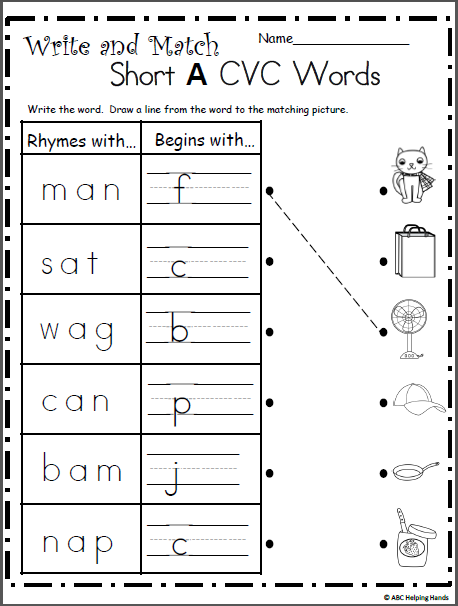 The answers are then entered into a table.
The answers are then entered into a table.
Here is an example of English language school segmentation by 5W:
Khramatrix
This segmentation method is based on Mark Sherrington's 5W technique. but it's a little wider. To five questions:
- What is what the business is selling?
- Who is selling to whom?
- Why - why do consumers want to buy, what problem to solve?
- When - when or in what situation will consumers buy?
- Where - where will they buy?
add:
- geographic and demographic characteristics of the segments;
- behavioral features;
- readiness of segments to buy right now or later;
- motivation to buy.
The following table is obtained:
Read also: Marketing Research Guide: Definition, Methods, Types and Examples
How to segment yourself?
Step 1. Set goals
Otherwise segmentation will fail.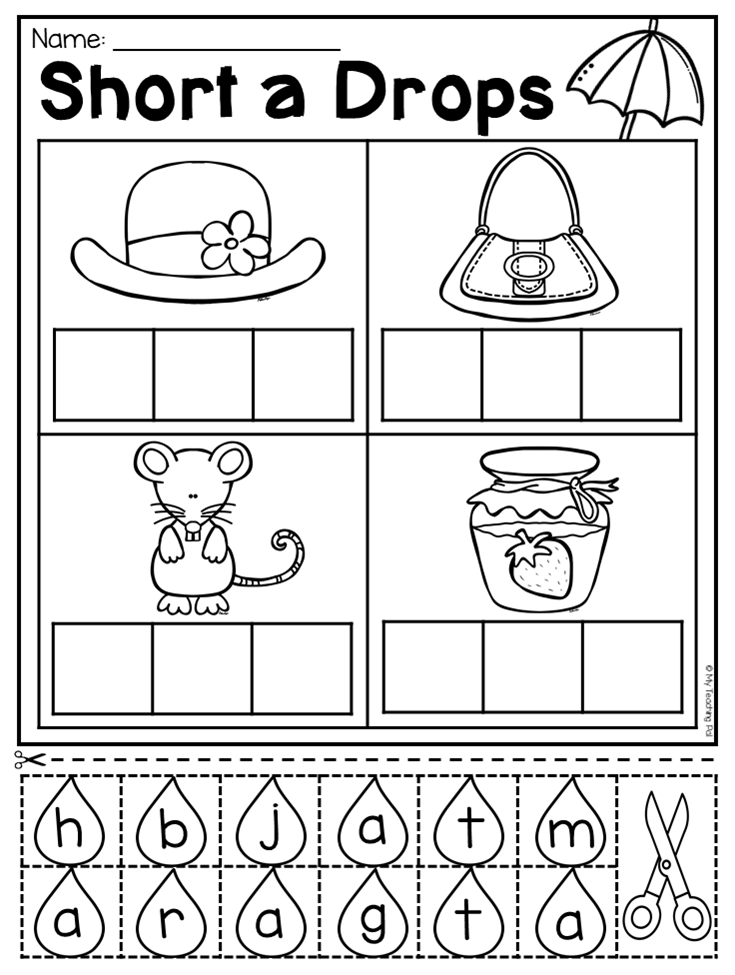 It will not be clear how to carry it out and what should happen in the end.
It will not be clear how to carry it out and what should happen in the end.
Goals are set as follows:
- Decide why to segment. For example, a business wants to open a store in a nearby town, launch a new product line, or change a service. Now he needs to deal with consumers - whether there will be demand among them.
- Determine on what grounds the market will be segmented. For example, by age of consumers, their level of income, places where they buy.
- Fix whether there are ready-made representations of the segments. Suppose competitors sell something similar. Businesses can find out who enters their stores.
Step 2. Refine data
Before segmentation, a business can check if it has any reliable facts about potential customers. They will help to correctly select segments.
Here's where to look for facts:
- In web analytics. For example, through Yandex Metrica or Google Analytics, they learn what users look at on the pages of the catalog of an online store, what they add to the wish list, how long they look at pages with promotions.
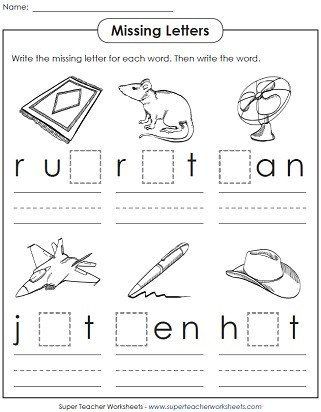 These are behavioral characteristics.
These are behavioral characteristics. - On official websites. For example, on the website of Rosstat they are looking for reports on prices and expenses of Russians. According to the base of enterprises - how many different companies operate in different regions. At VTsIOM, TASS and the Public Opinion Foundation - the results of surveys and studies.
- On review sites and thematic forums. Find customer reviews of competitive companies: what they like, what they are dissatisfied with.
Step 3. Select segments
When there is a goal and signs are selected, they begin to segment the market. This is different for every company. Here's what you can focus on in the process:
- Competitors. Select segments as competitors. The idea is that they have already found consumers, they need to sell to the same people.
- Data. Get segments based on collected data. For example, if consumers in Moscow are interested in the delivery of ready meals, then the company is building a business there.
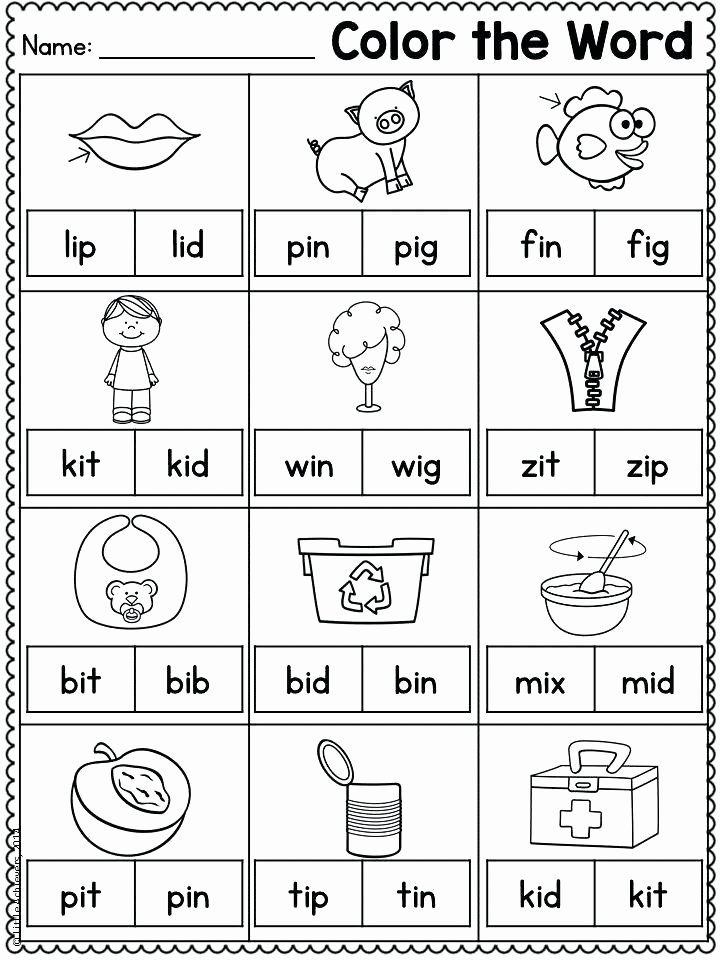
- For goods. Divide the segments according to the principle of what consumer needs can be solved by the company's products. For example, a language school can teach English to both children and adults.
- On the opportunity to sell. Segment the market into groups if each of them manages to sell: that is, organize logistics, deliveries, set up payment systems.
- Per segment size. If the segment is small, it may not be profitable. Choose large.
- Risky. Leave the segment if the risk that customers will eventually leave for competitors is low.
Also Read: 4 Business Growth Opportunities in a Slowing Economy
Business segmentation example
Turnbull & Asser clothing retailer
Turnbull & Asser has a goal to increase sales conversions. The brand decided to offer free shipping. But it became expensive and unprofitable.
Therefore, the brand chose a segment of users - those who put goods in an electronic basket for a specific amount - and made an offer to them.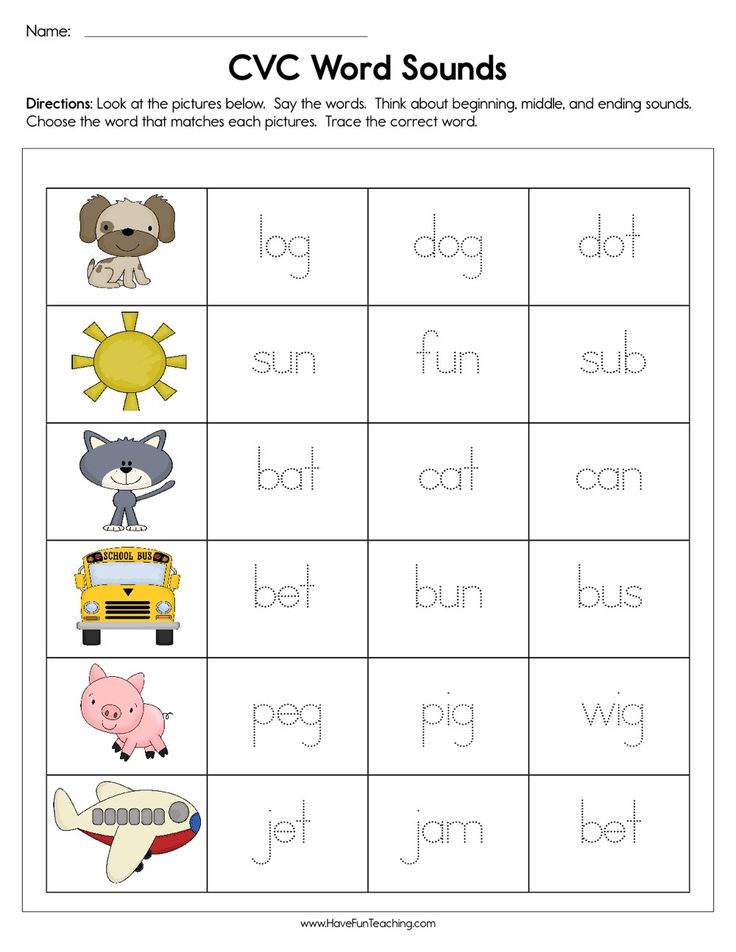
Turnbull & Asser offered free shipping on orders over £300. This attracted consumers, they began to buy more
According to the seller, the segmentation worked. People specifically bought more to get free shipping. This brought an extra profit of £22,000.
Lenta Hypermarket
Philip Osipov, Head of the Client and Market Analytics Department of the Lenta hypermarket, spoke about how the company uses segmentation. Lenta divides customers according to two principles:
- how much people spend and
- by how often Lenta is chosen over other stores.
This helps to create promos in the hypermarket for specific customers, to retain and encourage them.
According to Philippe, they offer such customers discounts on products, run special offers for them, and put products on the shelves in which these customers are interested.
SBER
SBER segments the market into private clients, self-employed individuals, individual entrepreneurs, small businesses, shareholders, investors, partners, corporate clients and financial institutions.
The bank applies segmentation directly on the site: the user opens the main page and chooses which section to go to. No need to wander on the site, call managers, explain what you need.
Segmentation directly on the site is convenient for everyone. It is immediately clear to consumers which section of the site to go to. Managers do not have to explain where banking offers are for different segments
Read also: Website usability: what it is, testing tools
Key Findings
- Segmentation is the division of the consumer market into segments based on characteristics: gender, purchasing behavior, check size, region of residence.
- A segment is a group of market consumers. They are a segment if they have similar needs, respond to trade offers in the same way, can bring profit to the business, and the business itself is able to show ads to them and sell goods.
- In a general sense, segmentation is needed in order to earn more.


